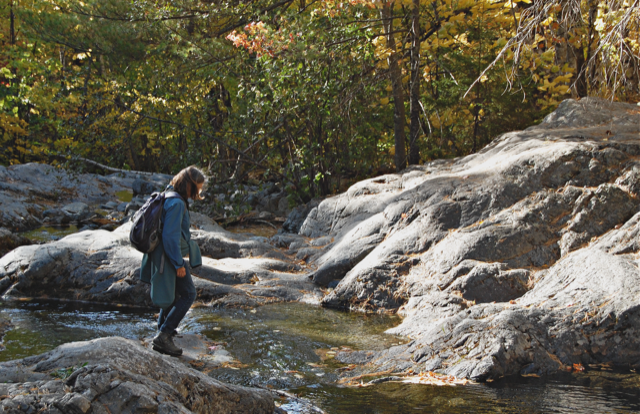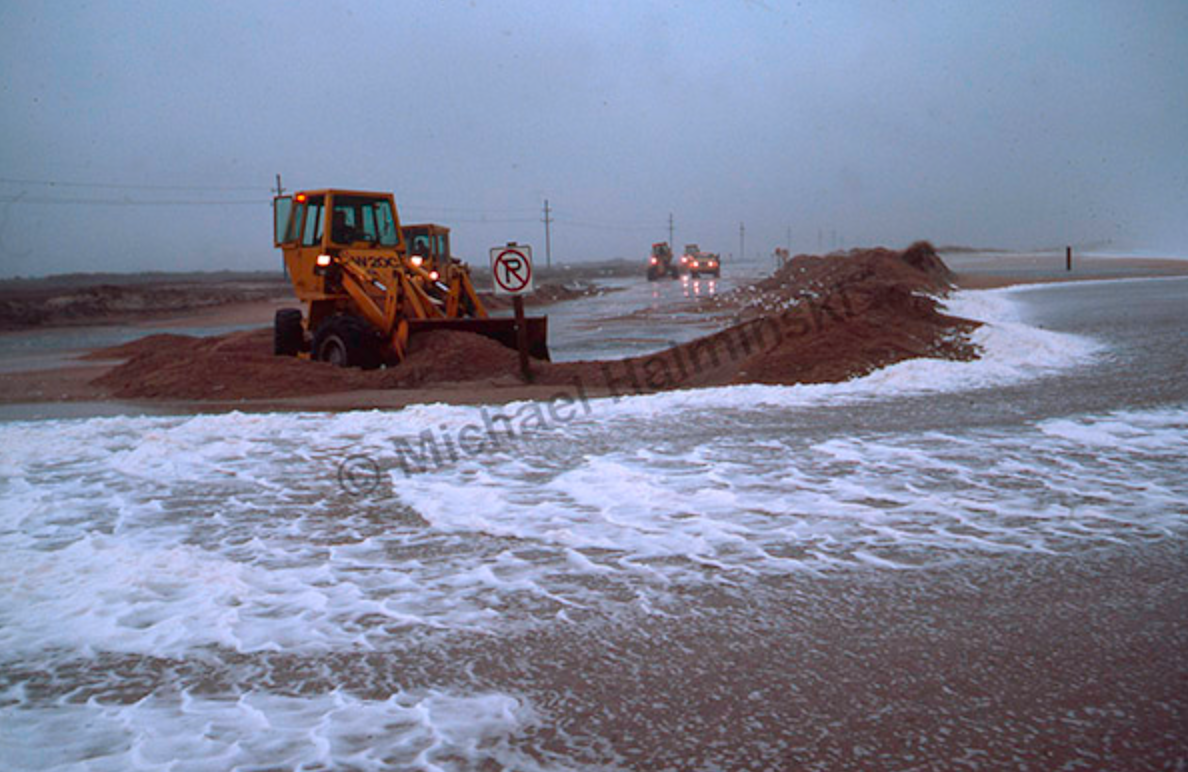“What choices do you make when the landscape where you’ve built your life begins to disappear?”
Baxter State Park, Maine
And so here we are in Maine, not on a sandy, shifting island threatened by sea level rise, but on land perched comfortably high above a river, with a rise of glacial till at our backs. Not far away, long fingers of ice-carved rock jut into the sea.
I never would have predicted this. I expected to live and die on the Outer Banks. For years Jeff and I wrestled with the question of what we should do. Stay and go down with the ship? We loved our island home. Our friends were there, and no one else was leaving.
But as our years there stretched on, the islands were discovered by the outside world. More people came to visit and then to stay. New houses and ever-larger stores crowded into the once-tiny fishing villages. The year-round population and number of seasonal visitors exploded, even as storms and the rise of salty waters killed trees and began devouring the beaches and marshes.
We live now in a vibrant, engaging Maine community, in some of the most beautiful country on the continent. Still, some days I can’t help but look around myself and wonder: What just happened?
What is Home in this era of climate change and worldwide disease—and in a time where nothing seems safe from the diminishment that comes from rapacious development?
Outer Banks, North Carolina
It was the suburbanization of the islands, as much as the threats from storms and sea level rise, that convinced us leave. What could be as foolhardy as building ever-larger houses on a string of sandbars that are washing away?
Anyone who doubts that the Outer Banks are in jeopardy from climate change might take a look at photographer Michael Halminski’s web page. A friend and frequent collaborator with me, Michael has lived on Hatteras Island and photographed its natural history for more than forty years. A recent blog on his web site illustrates the extent to which state officials have struggled for decades to keep intact the single road down Hatteras, NC Highway 12. Several times a year ocean overwash destroys the road yet again. The picture below of Highway 12, with the ocean lapping only a few yards away, is from his September 2020 photo blog, which can be found here.
Outer Banks, North Carolina. Photo Credit: Michael Halminski.
These questions of what Home means to each of us become even more complex when we consider the additional landscapes that call to many of us, the towns and natural places we’ve visited and long to return to, but where we’re unlikely ever to live—and which we may not have been able to reach during the global pandemic. For me, that place is Blieux, the village in southern France from which my ancestors came.
I hope you’ll join me on my exploration of these issues, and others.
Blieux, France
Subscribe to My Blog.



